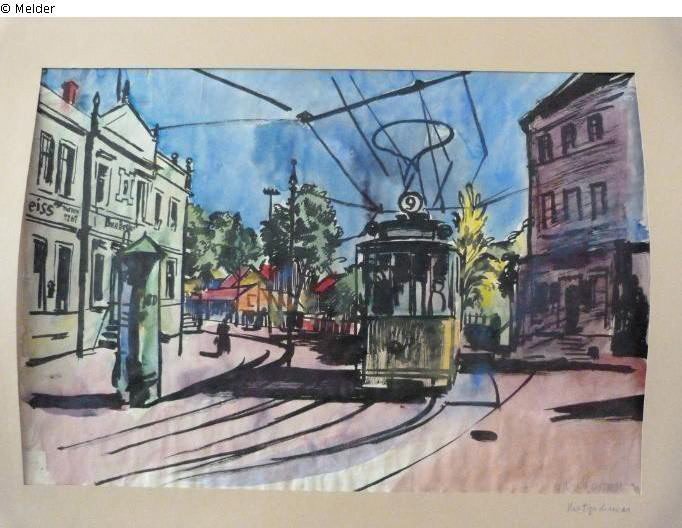
The ongoing saga between Yves Bouvier and Dmitri Rybolovlev over Bouvier’s sale to the Russian billionaire of Leonardo’s Salvator Mundi (and a recent preemptive suit by Sotheby’s against the original sellers of the work to Bouvier) has cast unusual scrutiny over the often-private relationships between art dealers, art advisors, and their clients. Chief among the issues between Bouvier and Rybolovlev is whether Bouvier’s resale to Rybolovlev at an allegedly markedly higher price than Bouvier purchased it for constitutes self-dealing by a trusted agent, or the time-tested adage of buy low, sell high. This is a question of great significant for obvious reasons: in private sales the collector is often relying on the expertise of the art professional. In any fiduciary relationship, however, it is axiomatic that the fiduciary agent (like an attorney or a trustee) cannot enrich himself at the expense of the beneficiary. Whether Bouvier is indeed a fiduciary is a fiercely debated question for another day.
A recent dismissal in New York of a case about Cady Noland’s Log Cabin provides some welcome guidance on the contours of these relationships in the eyes of the law. The finding that the defendant owed no exceptional duty to the plaintiff is a significant pushback against the expansive view of agency that Rybolovlev, among others, has advocated. The decision clarifies that interaction with an expert does not elevate that expert to a position of undivided loyalty. Rather, the terms of the relationship must be on of special trust and confidence. The duties of actual fiduciaries are not changed by this decision, but it will help professionals and collectors understand who is, and who is not, filling that role.
Read More
Topics:
Cady Noland,
Visual Artists Rights Act of 1990,
VARA,
conversion,
breach of fiduciary duty,
Yves Bouvier,
Log Cabin,
Dimitry Ryobolovlev,
unjust enrichment,
17 U.S.C. 106A,
Brett Shaheen,
Janssen Gallery,
Michael Janssen,
Scott Mueller,
Marisa Newman Projects,
Wilhelm Schurmann
Victor Henderson, creator of the Los Angeles mural “Brooks Avenue Painting,” has filed a lawsuit alleging a violation of his right of integrity under the Visual Artists Rights Act (“VARA”).
Read More
Topics:
Brooks Avenue Painting,
Section 106A(a)(3),
Moral Rights,
The Doors,
negligence,
Victor Henderson,
Graffiti Art,
Visual Artists Rights Act,
California Art Preservation Act,
recognized stature,
VARA,
conversion,
Copyright,
5Pointz,
Terry Schoonhoven,
LA Fine Arts Squad,
Ralph Ziman
Ingeborg Berggreen-Merkel, leader of the newly formed federal “Schwabing Art Find” taskforce, announced plans to release information about 590 additional works found in the apartment of Cornelius Gurlitt, after the posting earlier this week of 25 works at www.lostart.de. Meanwhile, the heirs of Max Ernst have publicly disclosed (through their attorney Jürgen Wilhelm in Cologne) their claim to certain of the works in the Gurlitt find. The federal authorities appear to be gaining the upper hand for disclosure against the tax investigators in Bavaria who initially seized the collection, which was not a foregone conclusion.
Read More
Topics:
Cologne,
veschollene Kunst,
the Lion Tamer,
Lempertz,
Cornelius Gurlitt,
Schwabinger Kunstfund. Kunstfund München,
Max Liebermann,
Köln,
Gurlitt Collection,
Foreign Sovereign Immunities Act,
Hildebrand Gurlit,
Entartete Kunst,
Nazis,
Ingeborg Berggreen-Merkel,
Hermann Goring,
Michael Hulton,
FSIA,
Gurlitt,
Restitution,
conversion,
Looted Art,
World War II,
degenerate art,
Altmann v. Republic of Austria,
Löwenbändiger,
Raubkunst,
Alfred Flechteim,
Jürgen Wilhelm,
Max Ernst





